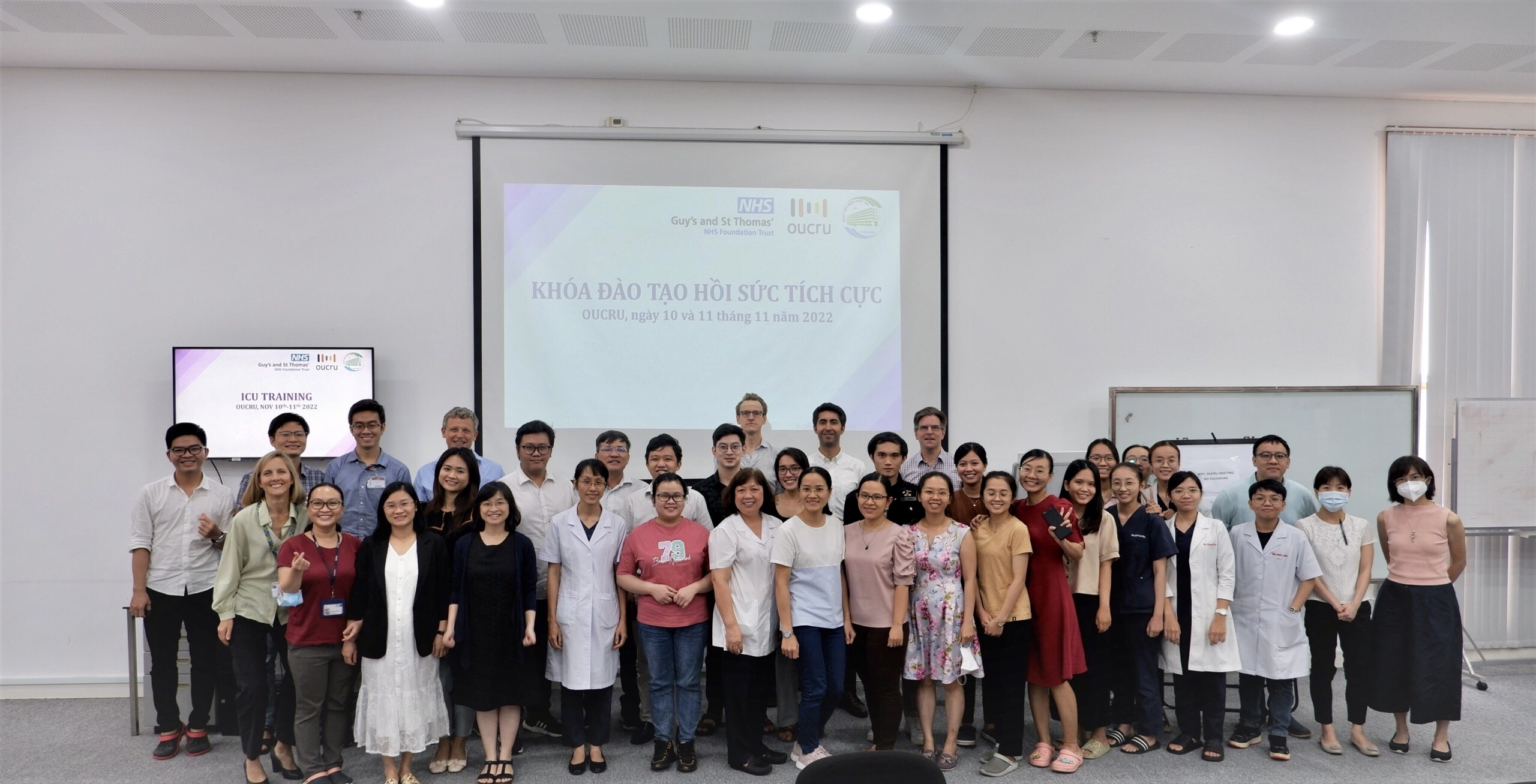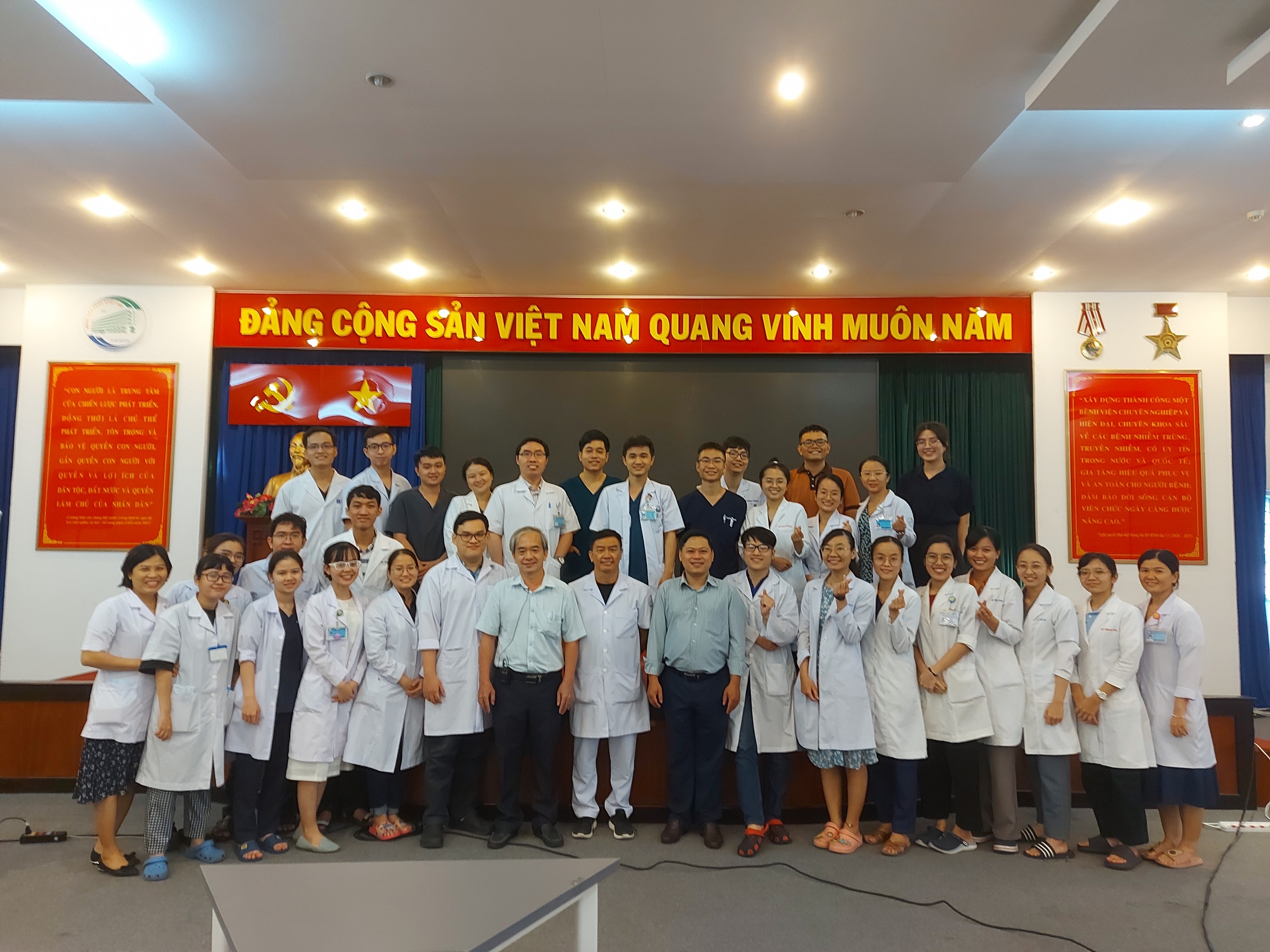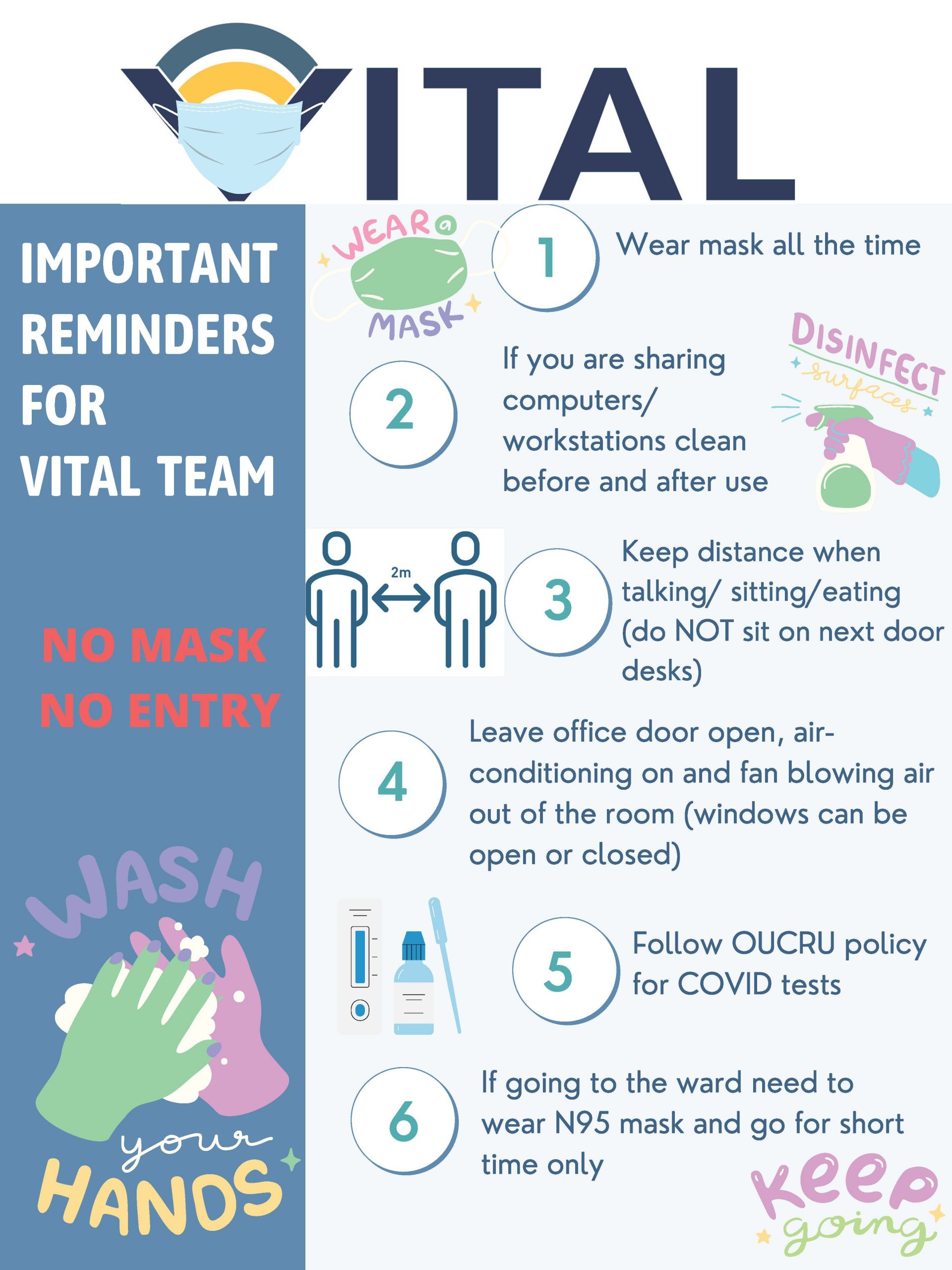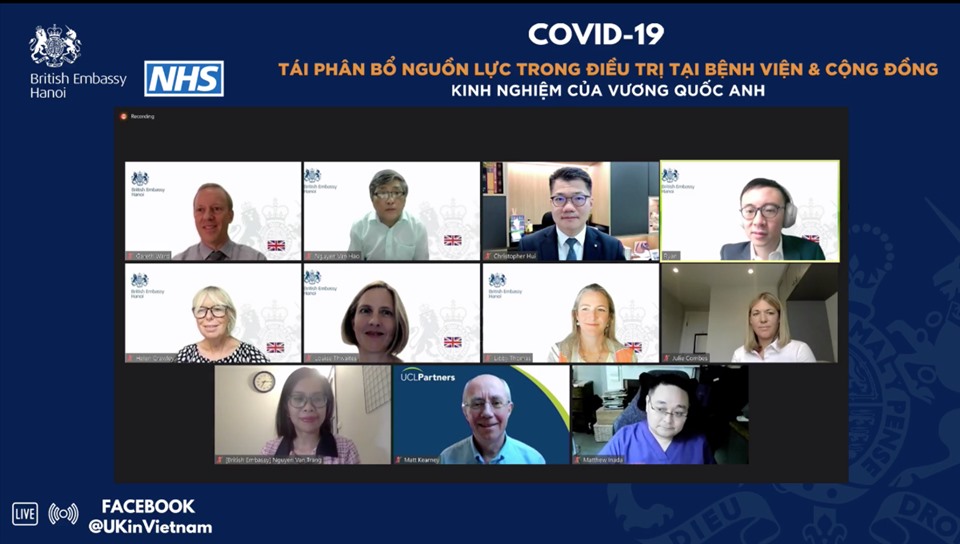Diagnosing and reporting infections at the point of care can improve treatment accuracy, reduce inappropriate antibiotic use and enhance infection surveillance. The Imperial team were invited to the above Superbugs exhibition at UK Parliament on February 25th 2020, opened by the Chief Medical Officer for England, Professor Chris Whitty where they showcased LacewingCBIT, a cloud-connected lab-on-a-chip diagnostic platform for rapid detection and reporting of infectious diseases.
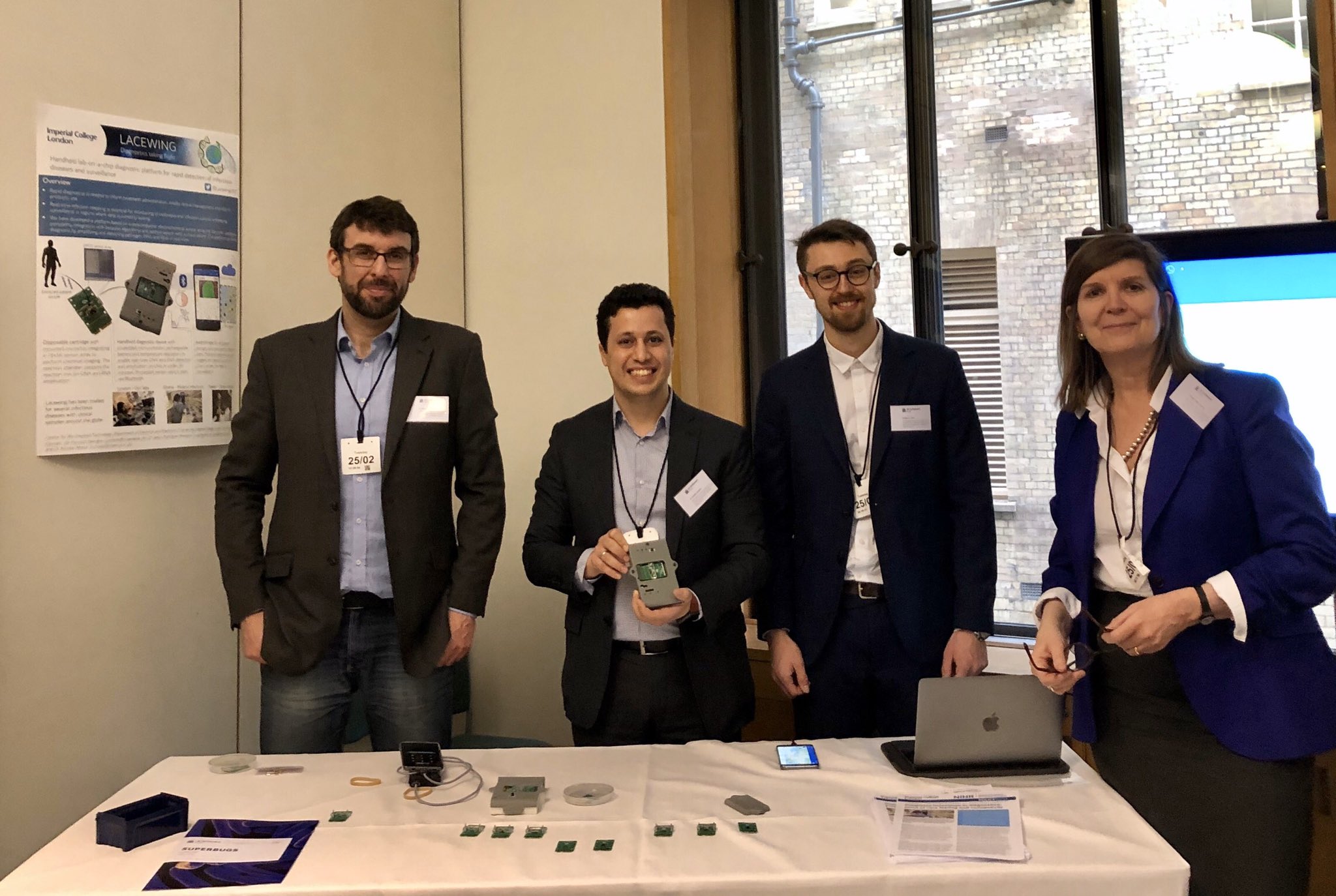

Rapid diagnostics have been identified as a key tool in reducing antimicrobial resistance (AMR). Obtaining a diagnosis at the Point of Care (PoC), i.e. when a patient is being treated, can improve treatment accuracy. This reduces the opportunity for further spread of infection and mitigates antibiotic use, including where they will be ineffective e.g. against viruses. Antibiotic misuse is a major driver off AMR. Current pathways for diagnosing infections and AMR are often time-consuming and require laboratory-based facilities. A more applicable method for PoC testing is to identify the organism causing the infection using specific markers within its nucleic acid (DNA or RNA). This can also be expanded to include markers of AMR. Additionally, combining PoC detection with timely reporting and sharing of diagnoses offers the potential to enhance surveillance and embed this within routine care.



